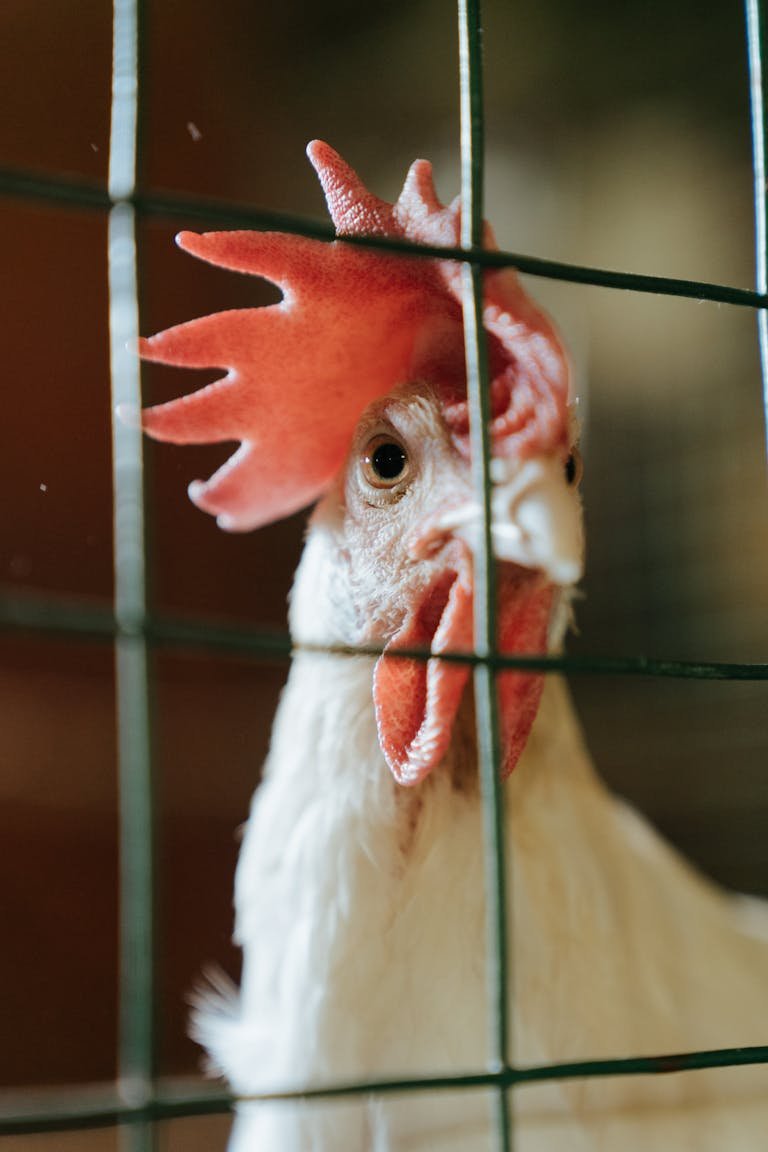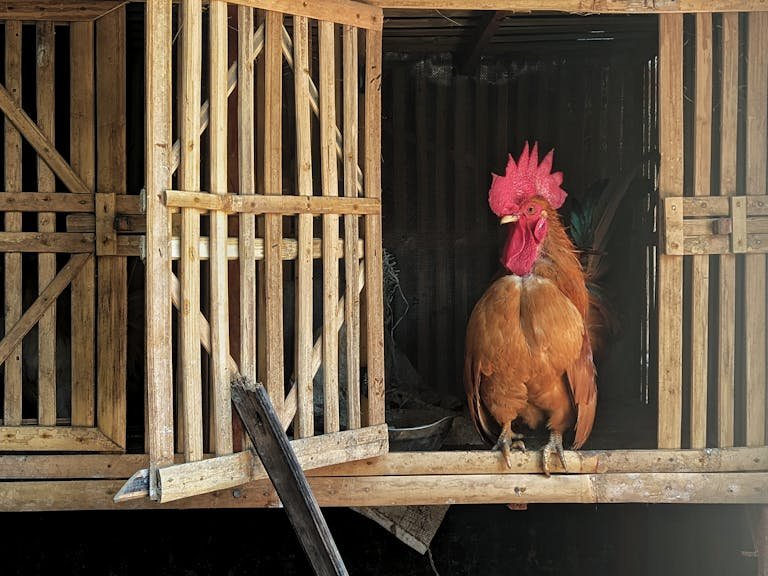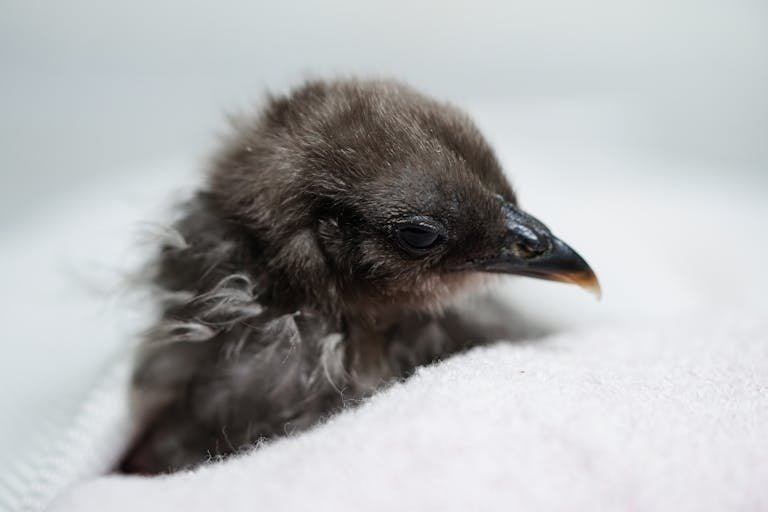When Do Silkies Crow? Age, Factors & More
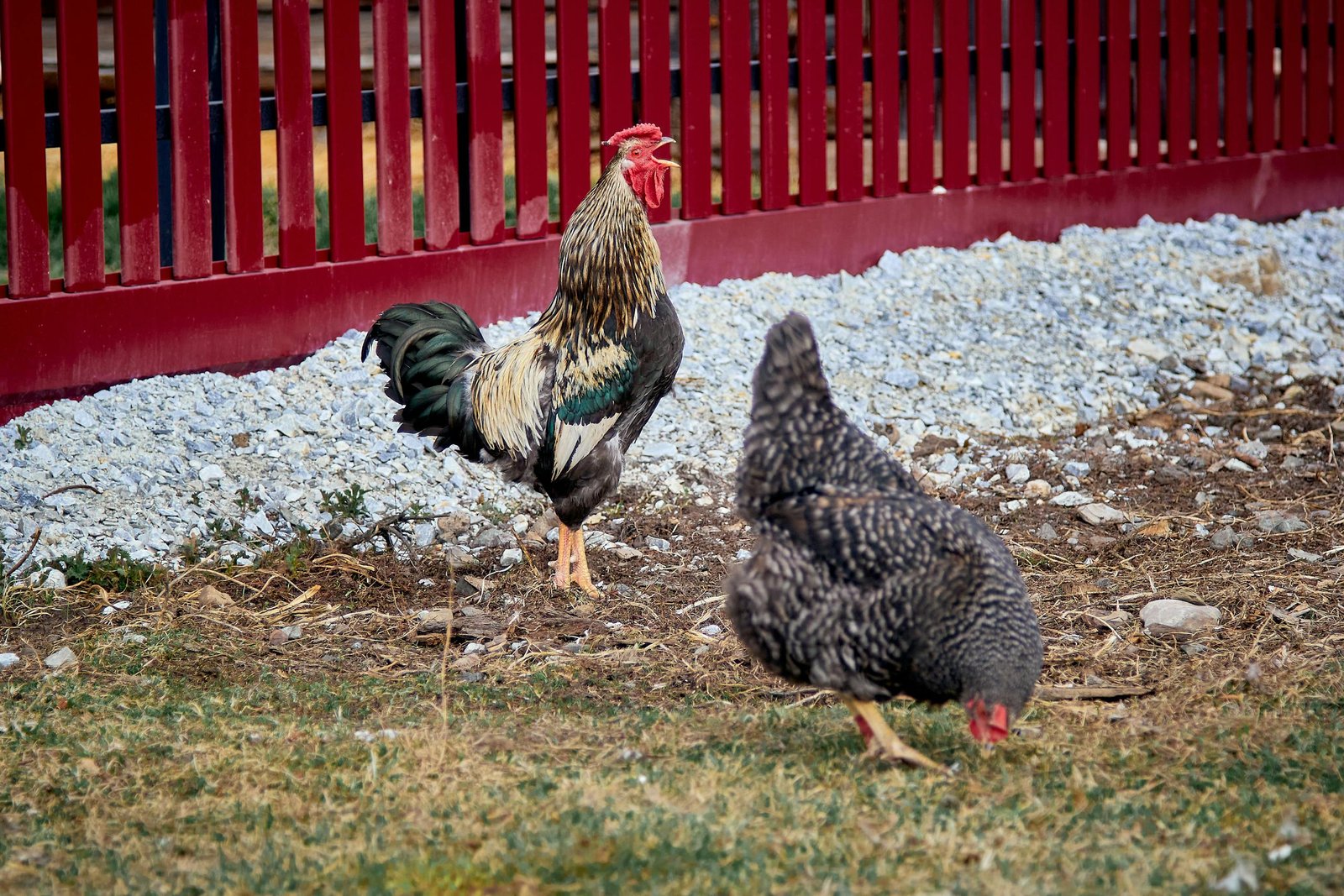
Silkies are a unique and beloved breed of chicken known for their fluffy plumage and gentle temperament. For those raising Silkies, understanding when they start to crow can be essential, especially if you are keeping them in an urban setting or have neighbors nearby. This guide will delve into When Do Silkies Start Crowing? and the factors influencing this, and tips for managing their crowing behavior.
Typical Crowing Age of Silkies
Silkies, like other rooster breeds, typically begin to crow around 4 to 5 months of age. However, this is a general guideline, and significant variation exists between individual birds. Some Silkies might start crowing earlier, while others could take a bit longer to find their voice.
Early Developers vs. Late Bloomers
- Early Developers: Some Silkie roosters might begin crowing as early as 2 months old. These early bloomers are usually more assertive and may display other mature behaviors ahead of their peers.
- Late Bloomers: Conversely, some roosters might not start crowing until they are nearly a year old. These late bloomers might be more docile and slower to exhibit mature behaviors.
Factors Affecting Crowing Age
Several factors can influence when a Silkie rooster starts crowing. Understanding these can help you manage your expectations and provide the best environment for your flock.
Individual Variation
Every Silkie rooster is unique, and genetics play a significant role in their development. Just like humans, some birds mature faster than others. It’s important to be patient and understand that variation is normal.
Presence of Other Roosters
The social dynamics within your flock can impact when a young rooster starts crowing. If there are dominant roosters already established, younger roosters might suppress their crowing to avoid conflict. This behavior is a natural way to maintain harmony within the flock.
Health and Nutrition
A healthy rooster with proper nutrition is more likely to develop and mature on schedule. Ensure your Silkies have a balanced diet rich in essential nutrients, clean water, and a stress-free environment to promote healthy growth.
Signs Your Silkie is About to Start Crowing
Before your Silkie rooster starts to crow, there are a few signs to look out for that indicate he is maturing.
Physical Changes
- Comb and Wattles Development: One of the first signs of a maturing rooster is the development of his comb and wattles. These will become more pronounced and redder as he approaches the crowing age.
- Feather Changes: Roosters typically develop longer, more pointed feathers around their neck, back, and tail. These feathers, called hackles, saddle feathers, and sickle feathers, become more noticeable as they mature.
Behavioral Changes
- Increased Activity: Young roosters might become more active and assertive. They may start to explore more, establish their territory, and even practice crowing.
- Attempting to Crow: Initially, crowing attempts might sound like a squeaky toy or a strangled cry. Over time, these attempts will become more robust and resemble a full-fledged crow.
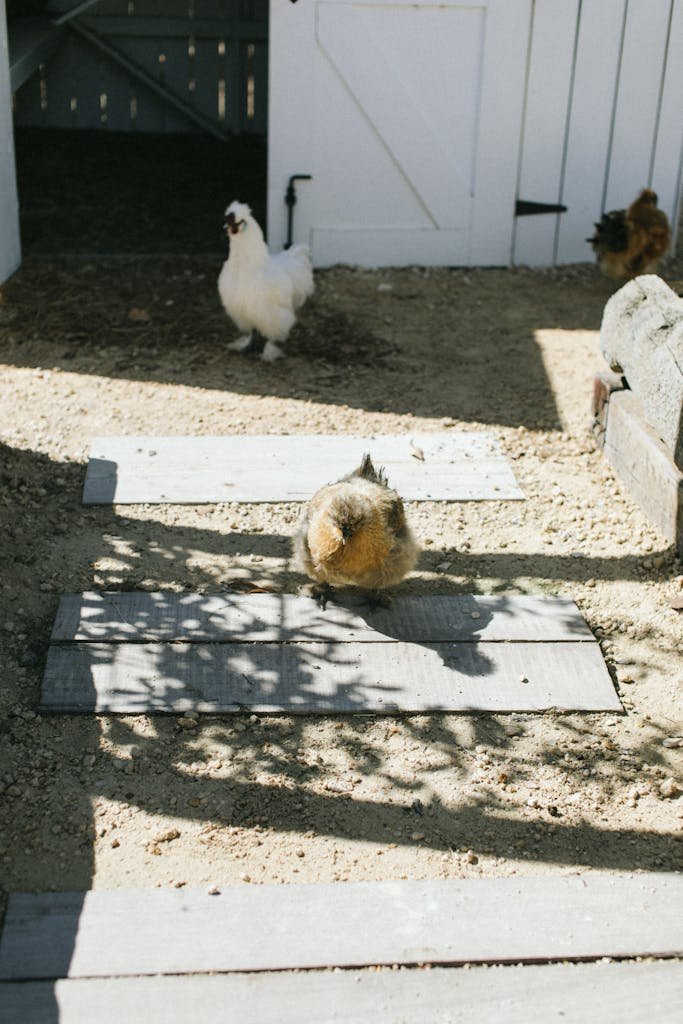
Managing Crowing in Silkies
Crowing is a natural behavior for roosters, but it can sometimes be disruptive, especially in urban or suburban areas. Here are some tips for managing crowing in your Silkies.
Providing a Comfortable Environment
A comfortable and stress-free environment can help minimize excessive crowing. Ensure your roosters have:
- Ample Space: Overcrowding can increase stress and lead to more frequent crowing. Provide enough space for each bird to move freely.
- Proper Nutrition: A balanced diet with adequate protein, vitamins, and minerals supports overall health and can help regulate natural behaviors.
- Safe and Secure Housing: Secure housing can reduce stress caused by predators or environmental factors.
Limiting Light Exposure
Roosters often crow at dawn as a response to the light. By limiting light exposure in their coop, you can sometimes reduce early morning crowing. Consider:
- Blackout Curtains: Installing blackout curtains in the coop can help keep it darker for longer, delaying the roosters’ response to daylight.
- Controlled Lighting: If you use artificial lighting, ensure it mimics natural daylight patterns to avoid confusing the birds.
Crow Collars
Crow collars are a humane option for reducing the volume of a rooster’s crow. These collars work by slightly restricting the airflow when the rooster tries to crow, making the crow quieter. It’s essential to:
- Monitor Closely: Regularly check the fit and comfort of the collar to ensure it doesn’t cause harm.
- Gradual Introduction: Introduce the collar gradually, allowing the rooster to adjust over time.
Alternatives to Keeping a Crowing Rooster
If managing to crow becomes too challenging, you might consider some alternatives:
Keeping Hens Only
Hens do not crow and can be a quieter option for backyard flocks. They still provide eggs and can be just as engaging and rewarding to keep.
Rehoming the Rooster
Rehoming your rooster to a rural area or a farm where crowing is less of an issue can be a responsible choice. Many farms are happy to take in roosters for breeding or flock protection.
Caponizing
Caponizing is a surgical procedure that neuters the rooster, reducing or eliminating crowing behavior. This procedure should only be performed by a qualified veterinarian and is not commonly practiced due to ethical considerations.
Read Also: Silkie Comb Secrets: Rooster vs Hen
Closing Words
Understanding when Silkies start crowing and the factors that influence this behavior can help you manage your flock more effectively. By providing a healthy environment, proper nutrition, and considering humane management options, you can enjoy the unique charm of your Silkies while keeping the peace in your neighborhood. Whether you decide to keep roosters or hens, raising Silkies can be a rewarding experience filled with fluffy joy and delightful antics.
